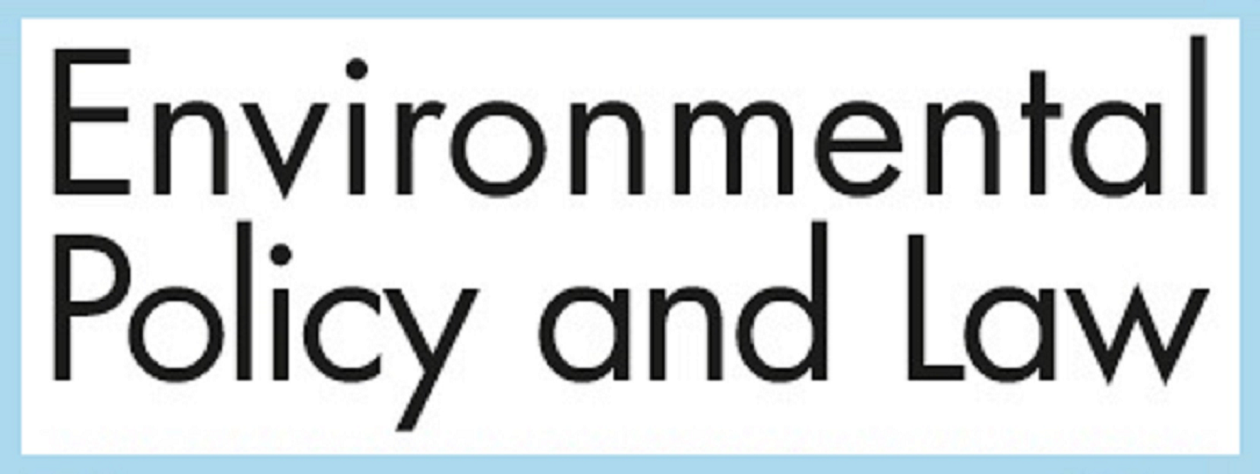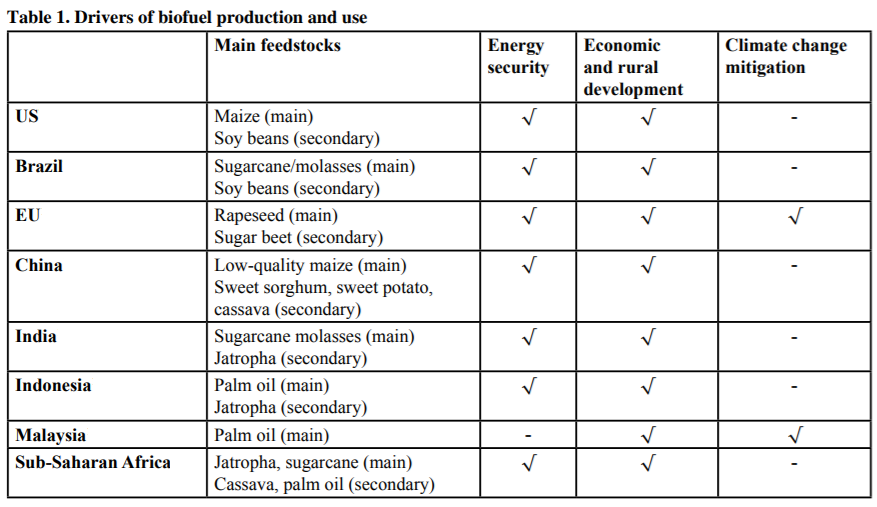Catalysing Biofuel Sustainability – International and National Policy Interventions (Sub-Saharan Africa)
Alexandros Gasparatos,1 Lisa Lee,2 Graham P. von Maltitz,3 Manu V. Mathai,2 Jose A. Puppim de Oliveira,2 Francis X. Johnson,4 and Katherine J. Willis*,1
1 Biodiversity Institute, Department of Zoology, University of Oxford, Oxford, UK
2 United Nations University, Institute of Advanced Studies (UNU-IAS), Yokohama, Japan
3 Nelson Mandela Metropolitan University, Port Elizabeth, South Africa
4 Stockholm Environment Institute (SEI), Stockholm, Sweden
*Corresponding author: kathy.willis@zoo.ox.ac.uk
EPL, Vol.43, Iss.4-5, pp.216-221, 2013

